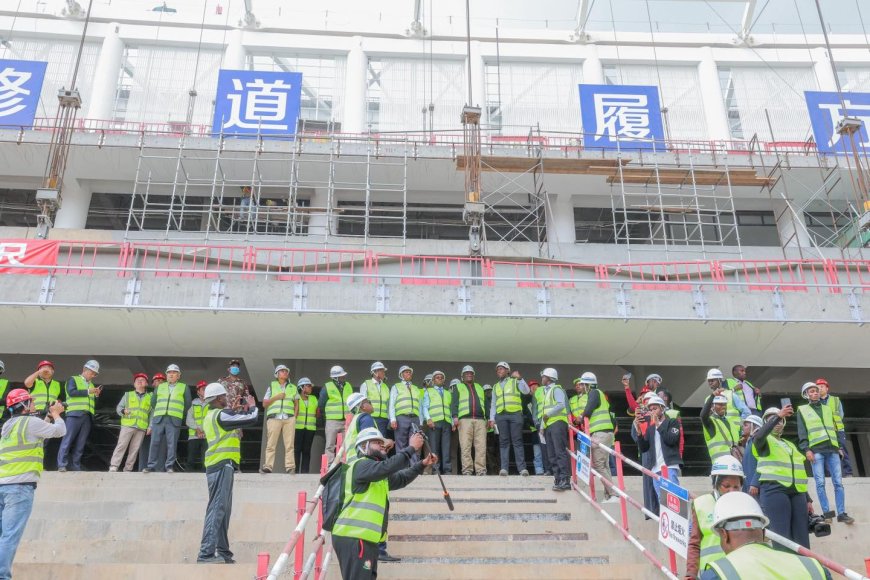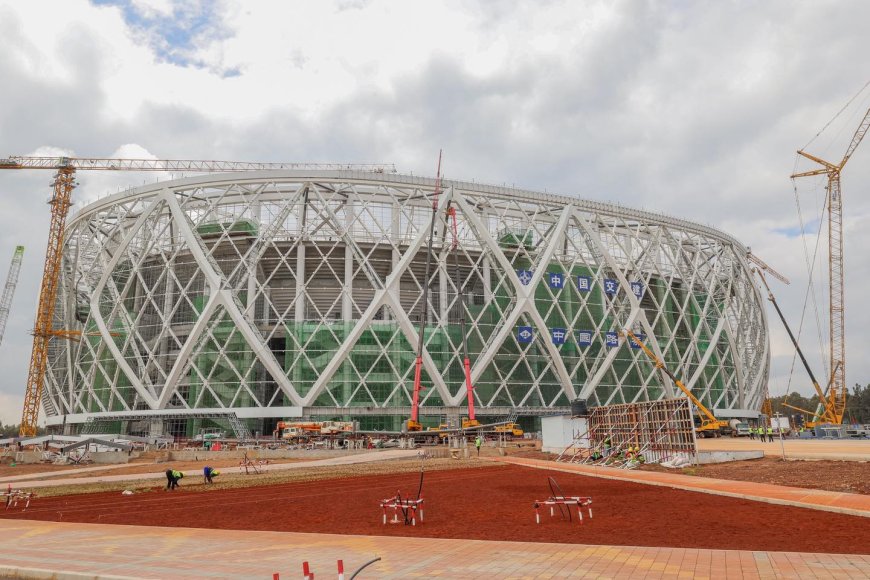Unique Tech Talanta Stadium Is Borrowing From Bayern Munich, Arsenal Stadiums
Talanta Sports City is being designed to match leading global arenas in technology, sustainability, and versatility.

The government has confirmed that the 60,000-seater Talanta Sports City Stadium in Nairobi, Kenya is 66 per cent complete, as of November 14, 2025. This however means that it will not reach its intended target of completion in December 2025.
Towering above Jamhuri Sports Grounds in Nairobi, the football-rugby only sporting facility will be the largest stadium in the whole country, and the first purpose-built, international-standard facility built in Kenya since 1987, when the Moi International Sports Centre (Kasarani) was built to host the All-Africa Games.
If remarks by Sports Cabinet Secretary Salim Mvurya are anything to go by, the latest Kenyans should expect the new stadium to be fully ready for operations is February 2026.
He noted that all major exterior and infrastructural works are expected to be completed by the end of December 2025, after which finishing works will begin in preparation for full operationalization in the new year.

Sports Cabinet Secretary (CS) Salim Mvurya during a comprehensive inspection of Talanta City stadium on November 14, 2025. /SALIM MVURYA
"I have conducted a comprehensive inspection of the Talanta City Stadium, which now stands at 66% completion. By the end of December 2025, all exterior and major infrastructural works will be finalized, paving the way for the contractor to commence finishing works in preparation for full operationalization by February 2026," he revealed in a statement.
Talanta Stadium Features
CS Mvurya added that that complementary projects, including road upgrades, rail connectivity, utilities, and other supporting infrastructure, are progressing steadily to ensure smooth access and functionality of the stadium, which will witness arguably its highest human traffic ever during the 2027 Africa Cup of Nations (AFCON).
One of those road upgrades currently underway is the construction of a Ksh3.6 billion four-lane flyover along Ngong Road near the Junction Mall area, complete with walkways and cycling paths, which will eliminate bottlenecks at key junctions and greatly cut down travel time for motorists, public transport users, and pedestrians alike to and from the stadium.
The project also encompasses a new power substation, upgrades to the water system, and a secure railway connection linking Talanta City to Bomas. Road construction plans have been surveyed, and procurement is almost complete.
A delegation recently visited China to inspect project materials; the majority have already arrived, with the remainder currently in transit.
"The iconic monumental project is a cornerstone in positioning Kenya as a continental and global sporting powerhouse, elevating our capacity to host world-class events while showcasing Kenya’s excellence, ambition, and growing reputation in modern sports infrastructure development," CS Mvurya added.








